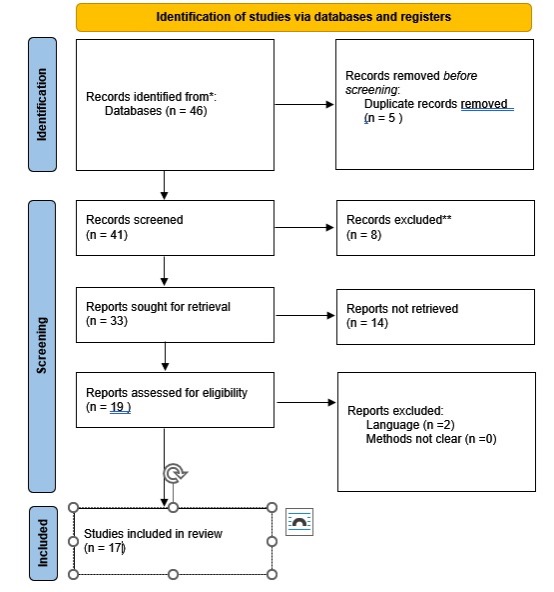Abstracts
22 September 2025
Vol. 2 No. s1 (2025): 48th National Conference of the Italian Association for the Study of Pain
PAIN AND ALZHEIMER'S IN THE HOME CONTEXT: NARRATIVE REVIEW ON NURSE SKILLS
F. Gallone1, A. Budaca2, G. Cotichelli3, A. Giambartolomei4, P. Palumbo4, D. Gaggia5 | 1Adjunct Professor and Teaching Tutor, Polytechnic University of Marche, Faculty of Medicine and Surgery - Degree Course in Nursing, Ancona; 2Nurse, Ancona; 3Director of ADP and Adjunct Professor, Polytechnic University of Marche, Faculty of Medicine and Surgery - Degree Course in Nursing, Ancona; 4Teaching Tutor, Polytechnic University of Marche, Faculty of Medicine and Surgery - Degree Course in Nursing, Ancona; 5Coordinator of C.O.T. 118, AST Ancona
Publisher's note
All claims expressed in this article are solely those of the authors and do not necessarily represent those of their affiliated organizations, or those of the publisher, the editors and the reviewers. Any product that may be evaluated in this article or claim that may be made by its manufacturer is not guaranteed or endorsed by the publisher.
All claims expressed in this article are solely those of the authors and do not necessarily represent those of their affiliated organizations, or those of the publisher, the editors and the reviewers. Any product that may be evaluated in this article or claim that may be made by its manufacturer is not guaranteed or endorsed by the publisher.
4
Views
0
Downloads









